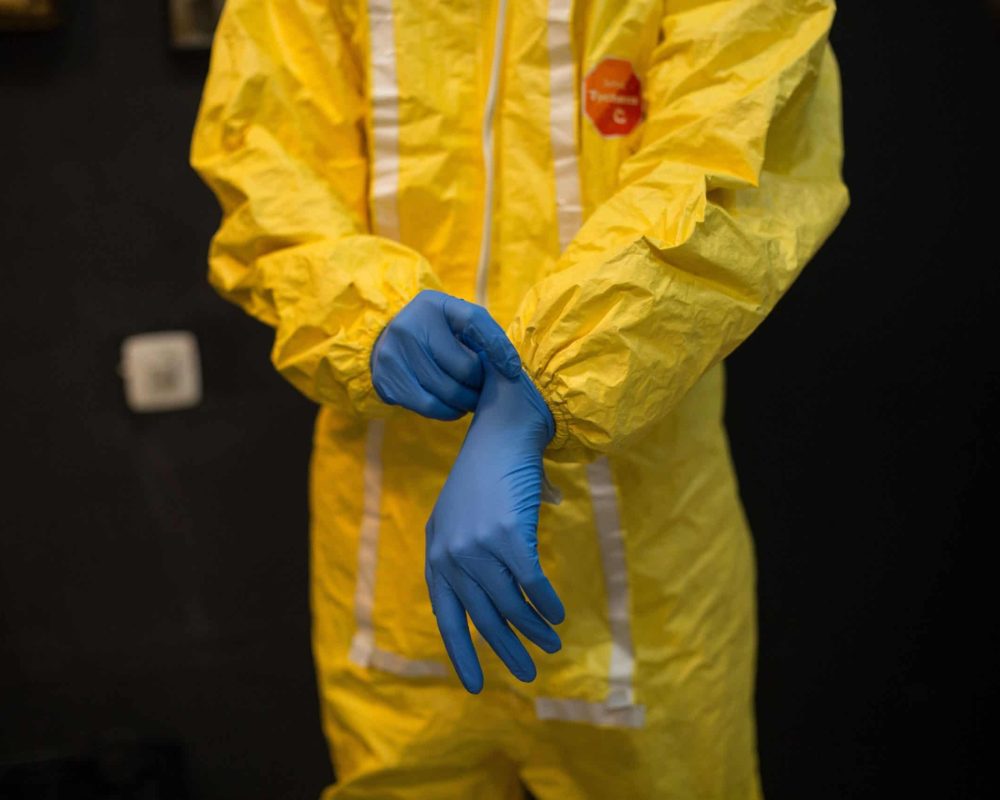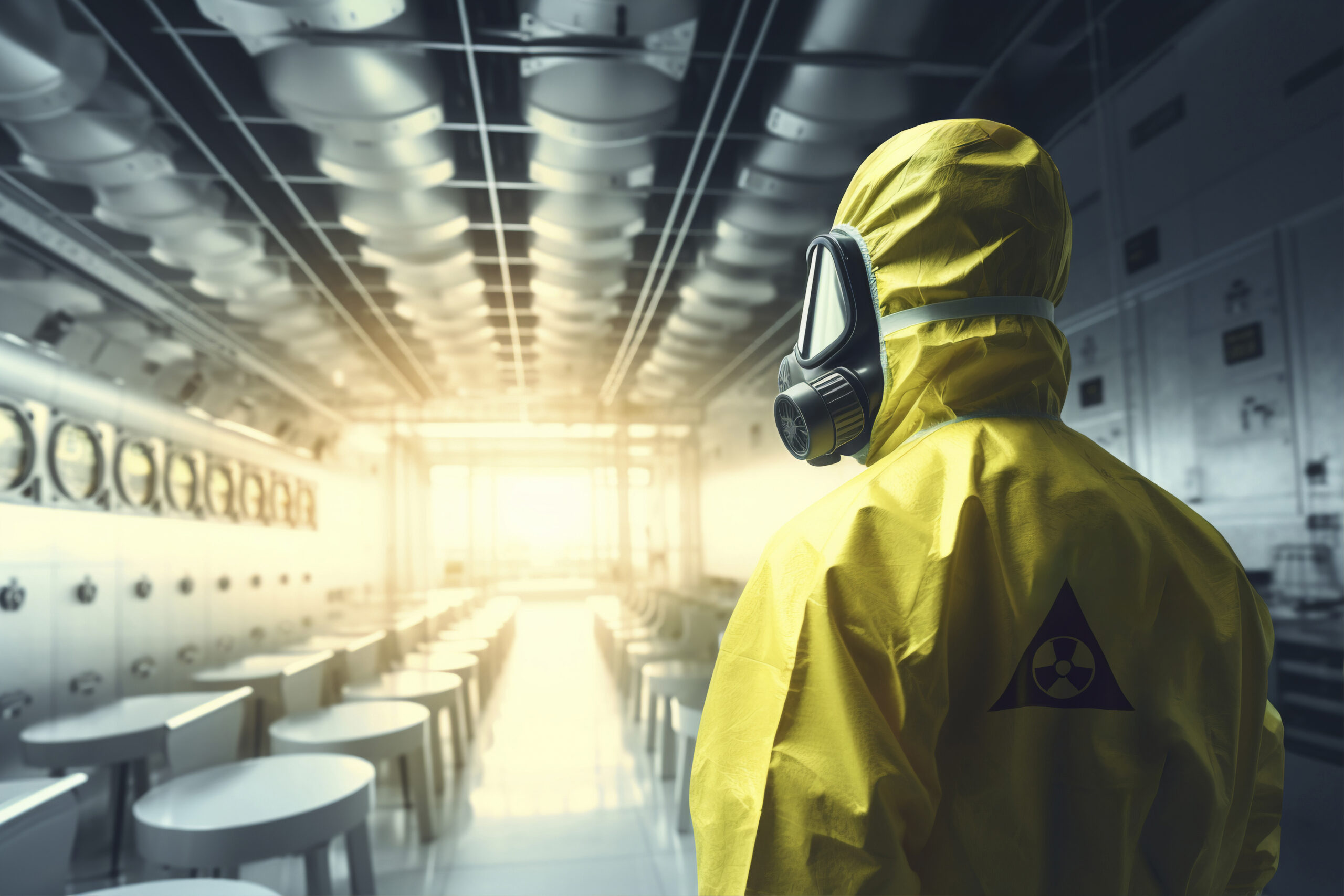Flood Damage Restoration: Quick and Reliable Recuperation for Your Home
Wiki Article
Professional Biohazard Cleansing and Purification for Blood, Bodily Fluids, and Hazardous Materials
The possible health threats associated with exposure to biohazards emphasize the critical requirement for meticulous handling and extensive cleaning. As we navigate the elaborate landscape of biohazard cleaning, understanding the nuances of guidelines, conformity, and the specialized devices at play ends up being essential in making sure a extensive and risk-free purification procedure.
Health Risks of Biohazard Exposure
Exposure to biohazards positions significant health and wellness dangers that can cause serious repercussions for communities and individuals alike. Biohazards encompass a large range of organic materials, including blood, physical liquids, mold, bacteria, viruses, and other potentially infectious materials. When individuals come into contact with these biohazards, whether through crashes, improper handling, or ecological direct exposure, they encounter the threat of having severe health problems or illness.One of the main health risks associated with biohazard exposure is the transmission of transmittable conditions. Bloodborne virus such as HIV, hepatitis B and C, and different bacteria can be existing in biohazardous products, presenting a direct risk to human health. Breathing in air-borne biohazards like mold spores or entering call with polluted surfaces can also bring about respiratory system problems, allergies, and various other negative health and wellness effects.
In addition, biohazard direct exposure can have long-term wellness ramifications, with some diseases showing up years after the preliminary contact (Blood Cleanup). Therefore, it is crucial to focus on proper biohazard cleansing and decontamination to mitigate these wellness risks and make certain the security of individuals and neighborhoods

Specialized Training for Biohazard Cleaning
When it comes to managing biohazard cleaning efficiently and safely, specialized training plays an essential duty in guaranteeing appropriate purification treatments are followed. Biohazard cleanup needs certain expertise and skills to efficiently alleviate threats associated with bloodborne pathogens, bodily fluids, and harmful products. Specialists learnt biohazard cleaning undergo rigorous instruction on exactly how to safely deal with, eliminate, and dispose of biohazardous materials to avoid contamination and exposure.Specialized training for biohazard cleanup covers a series of vital subjects, including appropriate personal protective devices (PPE) usage, bloodborne pathogen awareness, decontamination techniques, and contaminated materials disposal protocols. People learnt biohazard cleaning are furnished with the needed experience to analyze contamination degrees, determine prospective risks, and execute appropriate cleanup treatments in conformity with regulative standards.
Continuous training and education and learning are vital in the field of biohazard cleanup to remain upgraded on the current decontamination technologies, safety and security procedures, and policies. By buying specialized training, biohazard cleanup professionals can properly react to emergency situation clean-up situations and secure both public health and the environment.
Relevance of Proper Decontamination Methods
Making use of appropriate decontamination strategies is vital in biohazard clean-up to effectively remove dangerous products and lessen health biohazard cleanup services near me threats. Effective purification not only makes sure the removal of noticeable traces of blood, bodily fluids, and various other biohazards but additionally targets invisible virus that may present serious health and wellness hazards if not appropriately removed. By following rigid purification protocols, educated specialists can substantially lower the risk of exposure to unsafe microorganisms, viruses, and microorganisms that can result in conditions or infections.Proper decontamination methods entail using specialized devices and anti-bacterials that are especially designed to reduce the effects of biohazards successfully. Comprehensive cleaning and disinfection of polluted locations are essential to avoid the spread of microorganisms and make sure a secure setting for owners. Additionally, the correct disposal of biohazardous waste following decontamination procedures is important in stopping contamination of various other surface areas or people.

Equipment and Tools for Safe Cleaning
When dealing with blood, bodily liquids, or hazardous products, biohazard cleansing professionals count on specialized equipment to reduce direct exposure risks and completely sanitize the affected area. In addition, biohazard cleaning sets having disinfectants, absorptive products, and biohazard bags are made use of to safely include and get rid of of polluted products.Advanced cleansing devices like hospital-grade disinfectants, HEPA-filtered vacuums, and misting equipments are employed to sterilize surface areas and get rid of biohazards effectively. Specialized equipment such as sharps containers and biohazard waste disposal containers are made use of to securely manage sharp objects and biohazardous waste materials. By using the appropriate tools and tools, biohazard cleaning experts can make sure a detailed cleaning procedure that prioritizes safety and security and lessens health risks for both workers and passengers of the damaged area.
Laws and Conformity in Biohazard Cleaning
Correct adherence to guidelines and conformity criteria is vital in biohazard cleaning to guarantee the safety and security of both employees and the setting. Federal government agencies such as OSHA (Occupational Safety And Security and Health And Wellness Administration) and the EPA (Epa) have developed details standards for biohazard clean-up procedures to reduce health risks and ecological contamination. These laws cover a variety of elements including the handling, transportation, and disposal of biohazardous products, in addition to the needed training and protective equipment needed for workers associated with the more helpful hints cleanup procedure.Biohazard cleansing companies must remain updated with these policies to assure that their procedures meet the required safety and security requirements. Failure to adhere to these guidelines can result in extreme repercussions, including penalties, lawsuit, and threatening the health of people and the atmosphere. By following rigid policies and conformity procedures, biohazard cleaning business can efficiently minimize dangers and ensure a safe and complete clean-up procedure for all parties entailed.
Conclusion
To conclude, biohazard cleaning and purification require specific training, correct methods, and adherence to laws. Exposure to blood, bodily fluids, and harmful products positions substantial health dangers, making it critical to utilize the appropriate equipment and devices for risk-free cleaning. By following stringent methods and standards, specialists can successfully mitigate the risks connected with biohazard direct exposure and ensure the security of both themselves and others.
As we browse the detailed additional resources landscape of biohazard cleaning, understanding the nuances of policies, conformity, and the customized tools at play becomes crucial in ensuring a safe and complete purification process. (Blood Cleanup)
When it comes to handling biohazard cleanup efficiently and safely, specialized training plays a fundamental function in guaranteeing appropriate purification treatments are complied with.Making use of correct purification strategies is critical in biohazard cleaning to effectively eliminate hazardous products and decrease health and wellness dangers. Furthermore, biohazard cleaning kits containing disinfectants, absorbing products, and biohazard bags are utilized to safely dispose and have of infected products.
Government agencies such as OSHA (Occupational Safety And Security and Wellness Administration) and the EPA (Environmental Protection Agency) have actually developed certain guidelines for biohazard cleanup procedures to reduce health threats and ecological contamination.
Report this wiki page